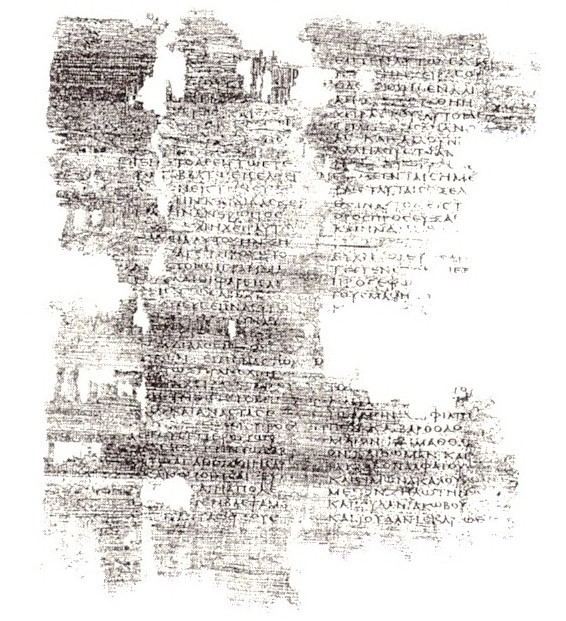Date Late 2nd/3rd century Category I Found Qift | Type Alexandrian text-type | |
 | ||
Sign P {displaystyle {mathfrak {P}}} Now at Paris, Bibliothèque Nationale, Suppl. Gr. 1120 Similar Papyrus 3, Papyrus 1, Papyrus 9, Papyrus 75, Papyrus 66 | ||
Papyrus 4 (
Description
It is one of the earliest manuscripts (along with
It contains texts of Luke: 1:58-59; 1:62-2:1; 2:6-7; 3:8-4:2; 4:29-32, 34-35; 5:3-8; 5:30-6:16
The Greek text-type of this codex is a representative of the Alexandrian. Aland placed it in Category I. There is agreement with
In Luke 6:2 — οὐκ ἔξεστιν (not lawful) for οὐκ ἔξεστιν ποιεῖν (not lawful to do); the reading is supported only by Codex Vaticanus Graecus 1209, (Codex Bezae), Codex Nitriensis, 700, lat, copsa, copbo, arm, geo;
Philip Comfort and David Barret in their book Text of the Earliest NT Greek Manuscripts argue that
